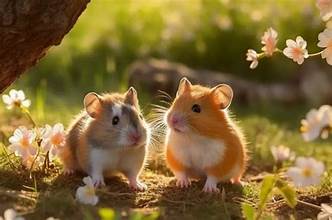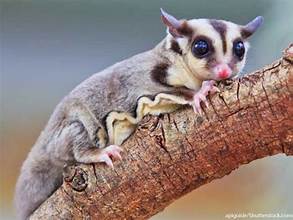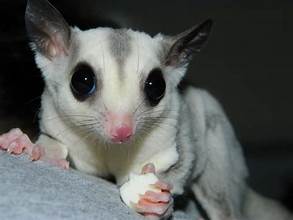Breeding hamsters can be an advantageous experience for pet owners who are well-prepared and dedicated to providing the best care for adult hamsters and their offspring.
1. Understanding Hamster Breeding
Hamsters are prolific breeders, but not all species are suitable for breeding at home. Syrian hamsters, for instance, are solitary and should only be paired briefly for mating. In contrast, dwarf hamsters like Roborovski and Campbell’s hamsters can sometimes cohabit peacefully and breed within their shared environment. Always research the specific needs of the hamster species you plan to breed.
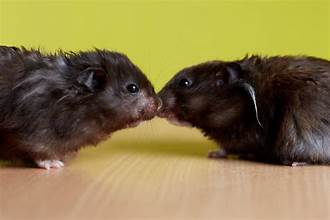
Breeding Age
Females: 10 weeks to 12 months.
Males: 10 weeks and older.
Breeding too young or old hamsters can lead to complications during pregnancy and delivery.
2. Preparing for Breeding
Health Check
Before breeding, ensure both hamsters are healthy and free of genetic defects or illnesses. Consult a veterinarian if you’re unsure about their suitability for breeding.
Setting Up a Breeding Environment
– Provide a neutral space free from distractions.
– Use a clean, well-ventilated cage or playpen.
– Include hiding spots and nesting materials for comfort.
Observing Compatibility
Introduce the hamsters in a neutral space and monitor their behavior. If aggression occurs, separate them immediately. Successful mating typically happens quickly, often within minutes of introduction.
3. The Mating Process
Female hamsters are receptive to mating during their estrous cycle, which occurs every 4-5 days. Signs of receptiveness include a strong scent and the female assuming a mating position when touched on the back. Once mating is complete, remove the male to prevent aggression.
4. Caring for a Pregnant Hamster
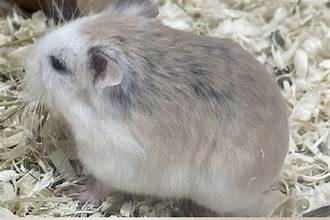
Pregnancy Duration
Hamster pregnancies are short, lasting approximately:
Syrian hamsters: 16-18 days.
Dwarf hamsters: 18-21 days.
Feeding a Pregnant Hamster
Provide a high-protein diet to support the mother’s increased nutritional needs. Include:
– Boiled egg.
– Cooked chicken.
– High-quality hamster food and fresh vegetables.
Nesting
Offer extra bedding and nesting materials. Avoid disturbing the nest, as pregnant hamsters are sensitive to stress.
5. Caring for Baby Hamsters
Birth and Early Days
Baby hamsters, or pups, are born blind, hairless, and utterly dependent on their mother.
Key tips for their care:
Do not touch the pups:
Handling them can stress the mother and lead to her abandoning or harming them.
Provide a quiet environment:
Loud noises and disturbances can stress the mother.
Ensure the mother has ample food and water:
This supports milk production.
Growth Milestones
Day 5-7:
Fur starts to grow
.
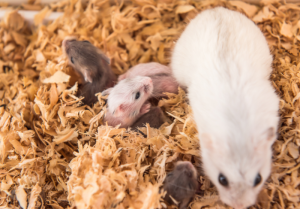
Day 10-12:
Eyes open, and pups begin exploring.
Day 21-28:
This is when pups can be weaned and separated from their mothers.
Separating the Pups
Separate male and female pups to prevent early breeding.
House Syrian hamster pups individually, as they are solitary by nature.
6. Common Challenges in Breeding
Cannibalism
Stress, lack of food, or handling of pups can lead to cannibalism. To avoid this:
Avoid disturbing the nest.
Ensure the mother is well-fed and hydrated.
Health Issues in Pups
Monitor for signs of illness, such as lethargy, diarrhea, or lack of growth. If issues arise, consult a veterinarian.
7. Ethical Considerations
Breeding hamsters should be approached responsibly. Ensure you have a plan for finding homes for the pups and avoid breeding if you lack the resources to care for them adequately.
Conclusion
Hamster breeding and caring for baby hamsters require careful planning, patience, and dedication. Understanding and providing a safe and nurturing environment can ensure a healthy and rewarding experience for adult hamsters and their offspring. If you’re new to breeding, consider consulting with experienced breeders or a veterinarian for guidance.

